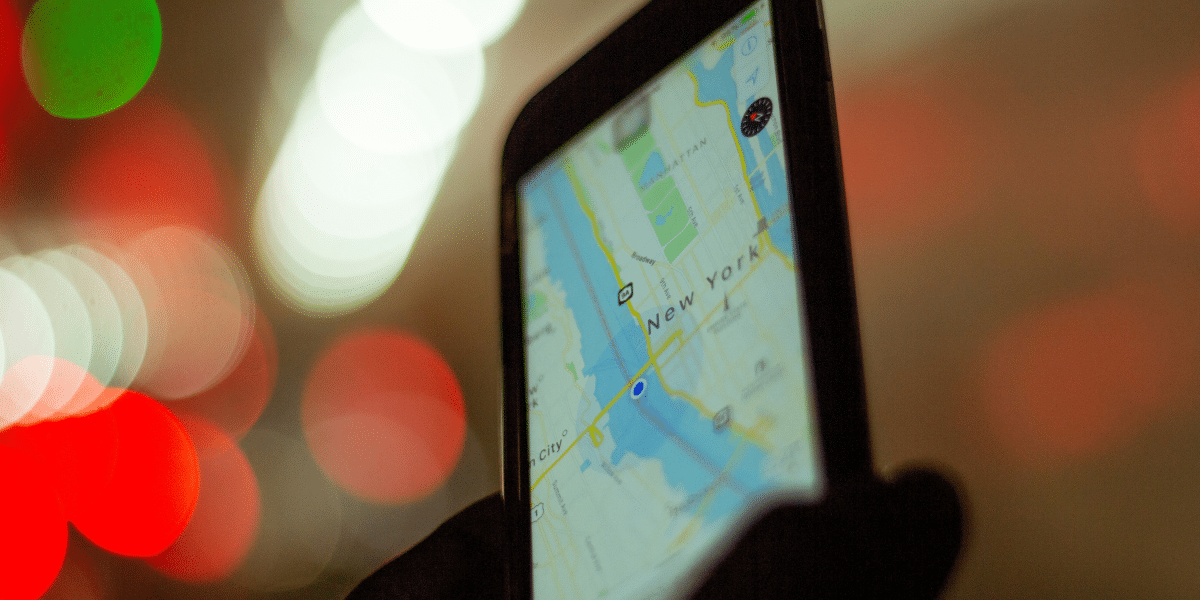Moving to New York City is more than changing your address; it’s stepping into a maze of unique challenges. Given the city’s crowded streets and strict building regulations, relocating here requires careful planning. Even short moves within Manhattan or Brooklyn can be complicated, which makes it essential to understand and avoid these common mistakes.
The five common moving mistakes include underestimating the time needed to pack, overlooking the importance of a detailed budget, failing to research New York moving companies, disregarding building regulations in your new location, and not planning for transportation logistics. By being aware of these issues and following our advice on how to avoid them, you can ensure a smoother and more efficient moving experience.
Mistake #1: Underestimating the Complexity of NYC Moves
A common pitfall is applying strategies used in suburban moves to New York City, where urban density presents unique obstacles. Streets are congested, and parking is limited. Imagine arriving with a moving truck and finding nowhere to park. Furthermore, many buildings have strict moving regulations, including designated hours, reserved elevators, and certificates of insurance.
The key to navigating this is communication. Reach out to building management at your new location to understand the necessary procedures and paperwork. Knowing these details ahead of time prevents last-minute issues that could derail your move.
Mistake #2: Inadequate Planning and Scheduling
Careful planning is essential for a smooth NYC move. Start by creating a detailed timeline. Give yourself two months to declutter and pack, and book movers at least four to six weeks in advance, especially during the busy summer months. Research reputable companies by reading reviews and getting recommendations.
Two weeks before the move, arrange service shut-offs and transfers to ensure utilities are in place at your new location. Confirm final details one week before moving day, including permits and service elevators. Working closely with building management can prevent surprise conflicts and delays.
Mistake #3: Poor Packing Choices
Packing isn’t just about filling boxes. High-quality materials are essential to protect your belongings. When packing fragile items, use bubble wrap and linens for extra protection. Label these boxes clearly as “fragile” to avoid damage.
Optimizing space is also important. Group items by room to simplify unpacking, and create an “essentials” box with things you’ll need immediately. This thoughtful approach reduces stress during your first few days in your new home.
A color-coding system can make unpacking even easier. Assign different colors to each room—red for kitchen, blue for bedroom, green for bathroom—and label boxes accordingly. This strategy ensures that each box ends up in the right place, minimizing confusion.
Mistake #4: Budgeting Errors
Many individuals focus on the obvious costs of moving, like hiring movers or buying supplies, but New York relocations come with hidden expenses. Parking permits, for example, are necessary for your moving truck and can cost $20 to $50. Failing to secure a permit can result in tickets or delays.
Building fees, which can range from $100 to $500, are also common. These may be required to reserve elevators or pay staff to assist with the move. To avoid unexpected expenses, allocate extra funds specifically for hidden costs, and communicate clearly with your moving company to understand all charges.

Mistake #5: Choosing the Wrong Movers
Selecting a reliable moving company can make or break your relocation. Research is key. Start by reading reviews on platforms like Yelp and checking the Better Business Bureau for ratings. A legitimate moving company should have a valid DOT number, especially for interstate moves.
Obtain at least three quotes and compare services, not just prices. Look for companies with transparent payment plans and avoid those that require large deposits upfront. Trusting the wrong movers can lead to unnecessary stress, so take the time to find a reputable company.
NYC-Specific Preparation Tips
Preparing for a move to New York City requires understanding logistics and local regulations. One important consideration is storage. If your new place isn’t ready yet, temporary storage might be necessary. Due to high demand, reserve a unit at least a month in advance.

Parking Permits
Navigating street parking in NYC can be a daunting task, especially on moving days when trucks and vans hog the space. Parking permits are essential, as they provide legal authorization to occupy certain areas while unloading your moving truck. Understanding how permits work can save you from unnecessary headaches on an already busy day.
Identify Zones: The first step is to familiarize yourself with the parking rules specific to your area. Check the NYC Department of Transportation’s (DOT) website for up-to-date information about which zones require permits and any associated fees.
Apply Early: Timing is critical here, so start the permit process a few weeks in advance. Early applications help ensure you won’t be scrambling for permits at the last minute.
Post Signs: Once granted, use the provided no-parking signs generously to reserve your space for the moving truck. Securely affix these signs on adjacent poles or walls well ahead of your scheduled move-in day.
What steps should be taken to ensure that all necessary permits or regulations are followed when moving to NYC?
To ensure all necessary permits and regulations are followed when moving to NYC, start by checking with the NYC Department of Transportation for any street use permits needed for loading/unloading. It’s essential to also verify if your building requires a move-in/out permit from the management office. Familiarize yourself with local noise ordinances, especially if your move involves heavy lifting or large trucks, typically restricted during specific hours. According to statistics, over 30% of movers encounter issues related to parking and permits, highlighting the importance of proactive planning in avoiding such common pitfalls.
What are the most frequent logistical issues encountered during a New York move?
The most frequent logistical issues encountered during a New York move include limited parking and loading zones, narrow stairwells in older buildings, and the challenge of navigating congested streets. A significant 40% of movers report having trouble securing adequate parking for trucks, which can lead to delays and unexpected charges. Additionally, nearly 30% struggle with stairs or elevators that are too small for large furniture. These obstacles highlight the importance of thorough planning and scheduling to mitigate potential relocation errors.
How can I choose the right moving company in NYC to avoid scams or poor service?
To choose the right moving company in NYC and avoid scams or poor service, start by researching online reviews and ratings on platforms like Yelp or Google Reviews, where about 70% of customers rely on reviews to make decisions. Verify their credentials through the Better Business Bureau (BBB) and ensure they have a valid Department of Transportation (DOT) number. Request quotes from multiple companies to compare prices and services, as this can help you spot unusually low bids that may indicate a scam. Finally, ask for recommendations from friends or family who have recently moved to the city; personal referrals can provide reliable insights into trustworthy movers.
How can I better manage my time and expenses when planning a move to New York?
To better manage your time and expenses when planning a move to New York, start by creating a detailed timeline and budget that outlines all key tasks and costs. Begin preparing at least eight weeks in advance, which can help reduce last-minute expenses that often arise from hasty decisions. According to a survey, 40% of movers exceed their budget due to unexpected costs; thus, plan for contingencies by allocating an additional 10-15% of your budget for unforeseen expenses. Additionally, consider hiring a moving company well in advance, as booking two months ahead can save you up to 30% compared to last-minute arrangements.
What packing strategies can help minimize stress and chaos during a move in a bustling city?
To minimize stress and chaos during a move in a bustling city like New York, implement strategic packing techniques such as decluttering before you pack—research suggests that moving with less stuff can reduce stress by up to 30%. Use labeled boxes for each room, color-coding for quick identification, and pack an essentials bag with items you’ll need immediately. Additionally, consider hiring professional movers who are familiar with urban logistics; studies show that over 60% of people who hire professionals report a smoother moving experience compared to those who DIY.
By following these strategies and understanding the specific challenges of NYC, you can minimize stress and enjoy a smoother move into your new home.
Published by: Holy Minoza




















